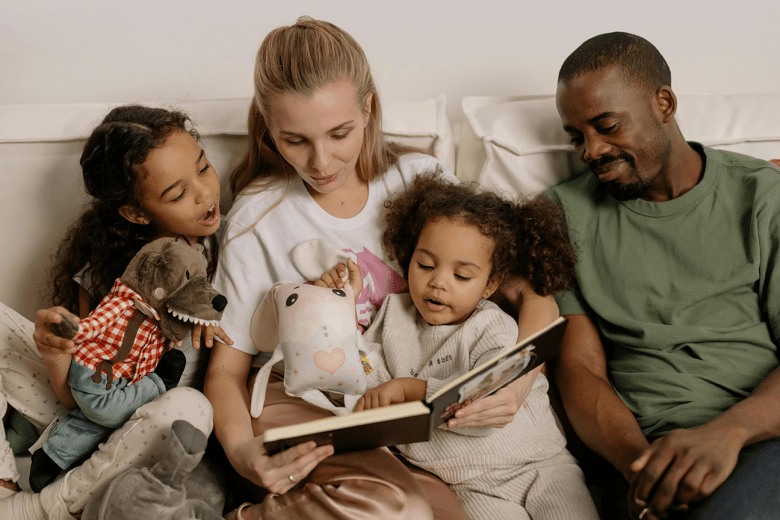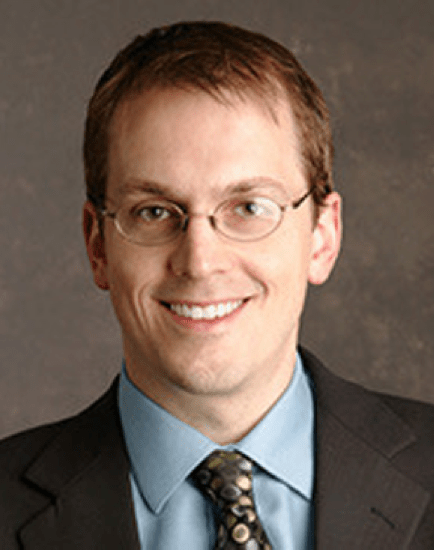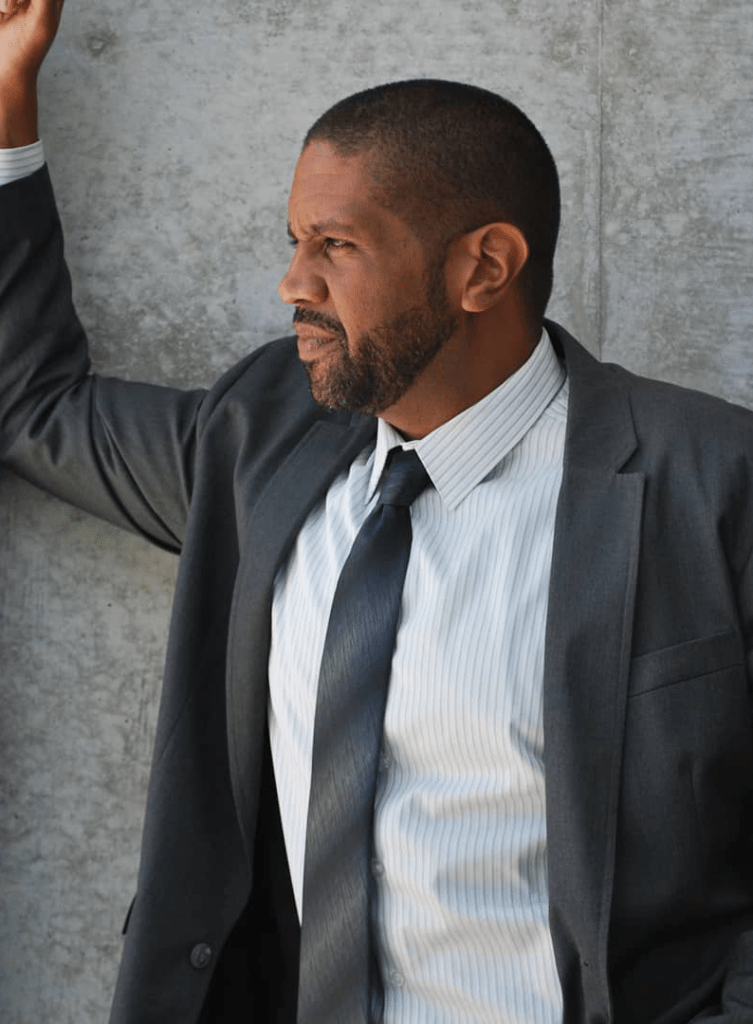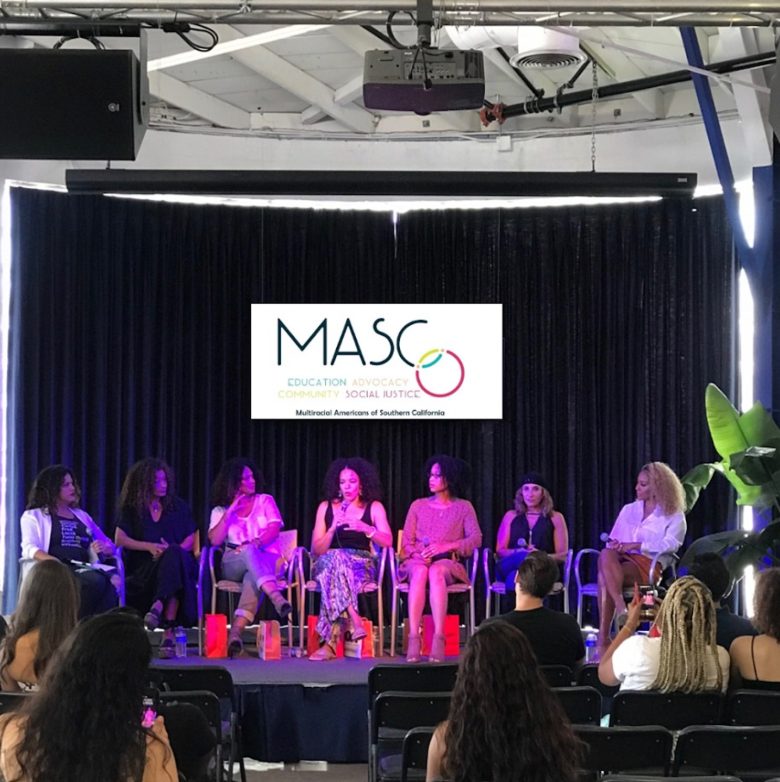Last Updated on May 28, 2024 by BVN
Mariah Brown | Alex Reed, Data
If you are the victim of a hate crime, please contact your local law enforcement agency. For additional information please visit oag.ca.gov/hatecrimes.
The 2020 Census has unveiled a profound transformation in the demographic landscape of the United States, with the percentage of people identifying as multiracial experiencing an unprecedented surge.

According to Census data, the multiracial population has catapulted from 2.9 percent in 2010 to a staggering 10.2 percent in 2020, comprising 33.8 million individuals. While some of this increase can be attributed to adjustments in the Census methodology, there is a consensus that the burgeoning number of multiracial Americans is a result of shifting societal attitudes, changing laws, and a rise in immigration from Latin America and Asia.
Left is change between 2000-2010 Right is change between 2010-2020. (Source: Map by Alex Reed, Mapping Black California)
“We’re moving further toward a state that is multiracial and multiethnic,” said Eric McGhee, Policy Director and Senior Fellow at the Public Policy Institute of California. “Some of the categories we’ve had in the past to separate people into buckets are breaking down because people are starting to think of themselves fitting into more than one category,” he said.
The multiracial population identifying as two or more races tripled in the 2020 Census report, catapulting from 2.9 percent in 2010 to a staggering 10.2 percent in 2020. (Graphic by Alex Reed Mapping Black California)

The journey towards recognizing the diversity within the American tapestry began in 2000 when the U.S. Census allowed individuals to choose more than one race. This groundbreaking decision was influenced by advocates for multiracial people and families who sought acknowledgment of their unique identity, according to Pew Research Center.
Delia Douglas Haight, the president of Multicultural Americans of Southern California, an advocacy organization, notes the crucial role that advocacy played in this policy change.
Multiracial Americans of Southern California (MASC), a 501(c)3 non-profit organization, has been at the forefront of promoting intercultural relationships, positive self-identity, and awareness around multiracial and multiethnic issues.

The organization’s efforts extend beyond the Inland Empire, resonating across California and beyond. Through events, seminars, and programs, MASC fosters positive intercultural communication, diversity, and inclusion, recognizing the complex and multifaceted nature of identity.
In an interview with Haight, she shared examples of successful initiatives by MASC that have effectively fostered understanding and unity among diverse populations. Notably, the organization played a pioneering role in changing the 2000 U.S.Census, advocating for the option to check more than one racial identity. This initiative marked a monumental shift, acknowledging the richness and complexity of modern identities.
Multiracial individuals play a pivotal role in promoting multiculturalism, according to Haight. With a history spanning over 25 years, MASC provides a platform for diverse voices and experiences, creating safe spaces for the community to share their unique stories. The organization’s annual events, including the Loving Day celebration, LOMA film festival, and educational seminars, showcase the richness of backgrounds within the community, facilitating cross-cultural learning and dialogue.
The statistics further underscore the significance of the multiracial community. The 2020 Census indicates a 254% increase in the “Two or More Races” population between 2010 and 2020, with multiracial children comprising the largest demographic group among U.S. citizens under 18.
The 2020 Census indicates a 254% increase in the “Two or More Races” population between 2010 and 2020. (Graphic by Alex Reed, Mapping Black California)
While there has been a multiracial boom in California, and the likelihood that two people chosen at random would be of a different race, hate crimes have persisted in tandem. Between 2016 and 2020, there were over 7,000 hate crimes reported and the reported incidents were coupled with a racially diverse population, according to the Diversity Index.
Anthony Jerry, Assistant Professor of Anthropology at the University of California Riverside attributes these hate crimes to the impact of individuals changing their racial identity on societal dynamics. That such shifts can be perceived as threatening by those who rely on a fixed definition of race for their own understanding of identity. “It creates real tension in society where some people don’t know where they now exist,” he said. “When people feel they have a lot to lose, they respond violently.”


As the multiracial demographic landscape undergoes dynamic transformations, acknowledgement of the region’s changing representation holds the potential to become a bridge to deeper multicultural understanding, according to Haight.
As society continues to evolve, embracing and celebrating the complexities of multiracial identities can be instrumental in fostering a harmonious coexistence, uniting communities across the Inland Empire, California, and beyond, she adds.
“[We are] dedicated to fortifying intercultural relationships and fostering positive self-identity through advocacy, education, community and social justice,” Haight said.
This resource is supported in whole or in part by funding provided by the State of California, administered by the California State Library in partnership with the California Department of Social Services and the California Commission on Asian and Pacific Islander American Affairs as part of the Stop the Hate program. To report a hate incident or hate crime and get support, go to CA vs Hate.
Tapestry
Part 1: The Cultural, Ethnic, and Racial Threads of an Evolving Community
Part 2: Shadows of Struggle: Biracial Identity in America
Part 3: Forging Identity– A Journey through the History of Multiracial People in California




